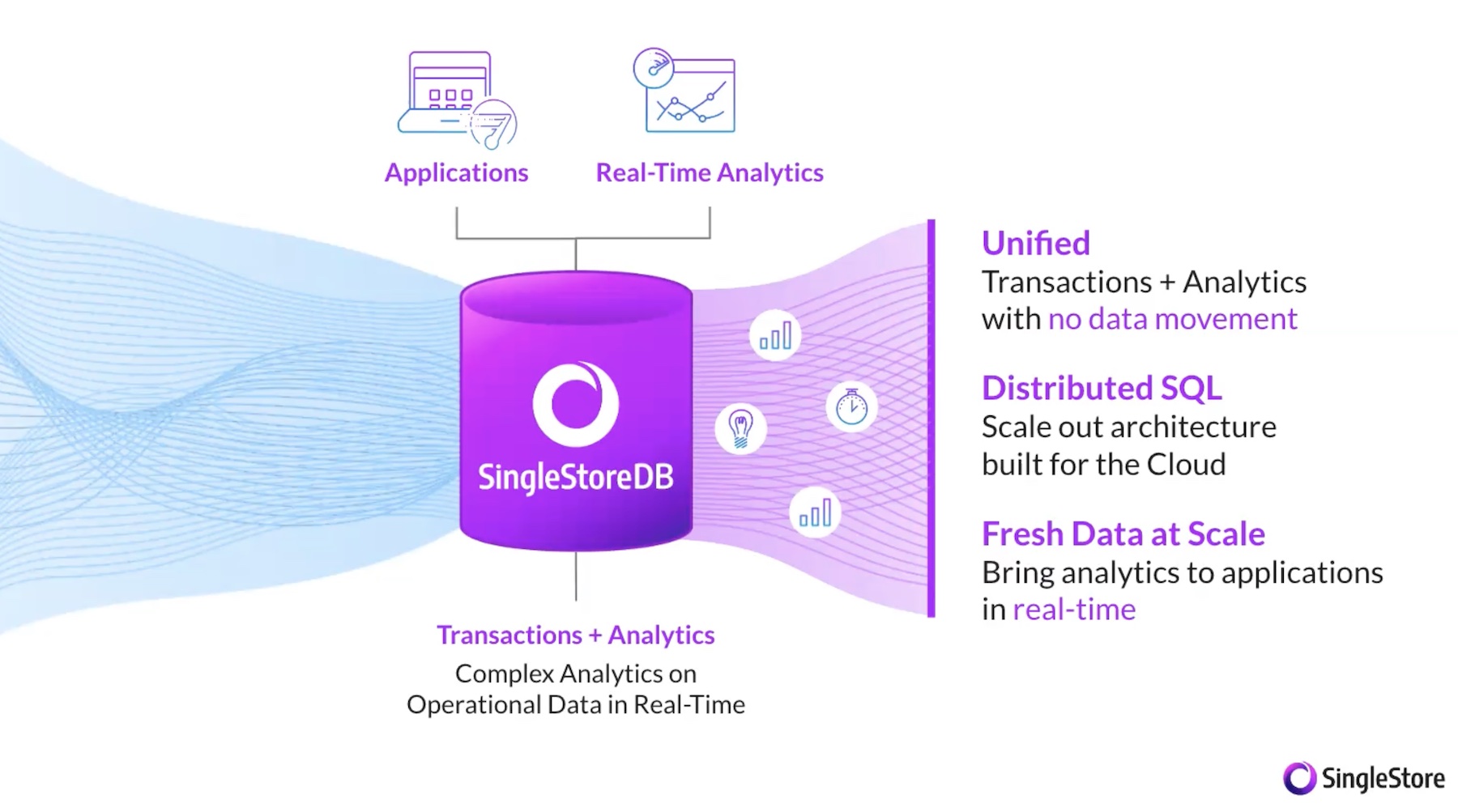 Anyone who’s studied corporate innovation likely knows the story of Intel’s big pivot from memory chips to microprocessors back in the 1980s. It is said that Andy Grove asked his leadership team something along the lines of: ‘What if we were all fired, and they brought in new leadership, what would those new folks do with this company right now?’ That radically pragmatic approach let them ignore sunk costs and nostalgic feelings to make the hard decision that ultimately led to the x86 dominated world we enjoy today.
Anyone who’s studied corporate innovation likely knows the story of Intel’s big pivot from memory chips to microprocessors back in the 1980s. It is said that Andy Grove asked his leadership team something along the lines of: ‘What if we were all fired, and they brought in new leadership, what would those new folks do with this company right now?’ That radically pragmatic approach let them ignore sunk costs and nostalgic feelings to make the hard decision that ultimately led to the x86 dominated world we enjoy today.
Depending on how closely you’ve been following Intel, you may not realize just how much that attitude of constant improvement and reinvention still holds true.
Since the jump into microprocessors at the beginning of the PC era, Intel has continued to support and shape technology-led disruptions. It isn’t slowing down now. As the world gears up for hundreds of billions of intelligent connected devices coming online over the next 20 years, Intel’s goal is to democratize exascale compute. It hopes to provide everyone access to the tools they need to make sense of ever-growing amounts of data.
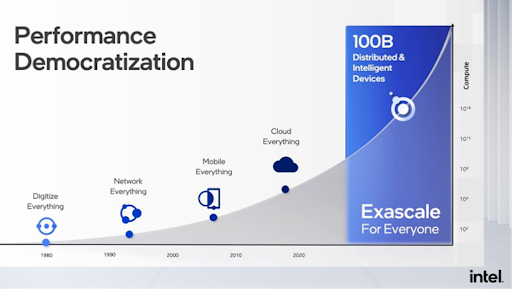
Of course, this makes sense. Why wouldn’t a chip maker be poised to participate in successive waves of ever more demand for chips, right? Well, as you might have guessed, it’s a bit more interesting than that. Intel has continued its heritage of seeking to provide customers with the best value without getting stuck on past success.
If all you know of Intel is its XPUs, you may be surprised to learn that its vision is to unleash data’s potential. It is doing that across six technology pillars. Only one of those pillars is its XPU architectures. The one I want to focus on today is software.
That’s right; Intel makes software and a lot of it. That software is key to its analytics and AI strategy, along with hardware (of course) and ecosystem (community development, investment, etc.).
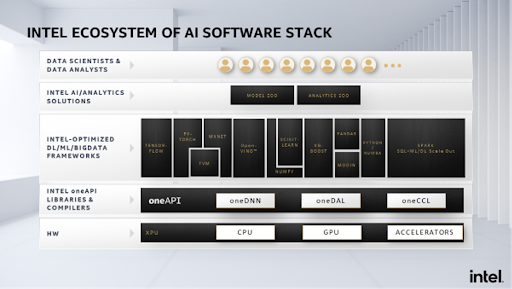
Analytics Zoo
That brings us to Analytics Zoo, an open source software platform for big data AI from Intel. More than just any platform, it is a unified and to end platform. But what does that mean?
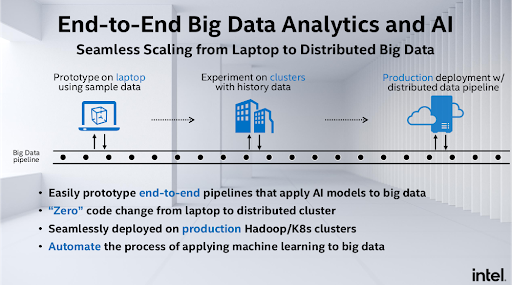
Intel has positioned Analytics Zoo at the intersection of Big Data and AI. This is being driven by what it calls The Data Problem: ‘We are generating data at a faster rate than our ability to analyze, understand, transmit, secure, and reconstruct in real time.’
Essentially we are being asked to store, analyze, and query more and more data every day. Often this analysis needs to be as close to real-time as possible. The best ways to make this data useful is through modeling and prediction (yep – that’s typically machine learning (ML) or deep learning (DL) these days).
Hopefully, that illustrates why big data and artificial intelligence trends are so intertwined and why we see AI pop up everywhere more and more. Organizations are applying AI to large-scale distributed data lakes, and they are moving these efforts rapidly from experimentation to production.
This isn’t just about self-driving cars or virtual assistants.
Financial service providers use AI to make relevant recommendations to clients. Wireless carriers are using AI and big data to improve their network quality. Fast Food Restaurants are using AI to provide context-aware food recommendations. The examples go on and on, including industrial vision inspection, AI-assisted radiology, and job recommendations.
As the astute reader (or prolific link clicker) has probably concluded, all of those examples are actually Analytics Zoo case studies. There are plenty more where they came from.
So, how does Analytics Zoo help solve these challenges?
It combines models and algorithms with machine learning workflows and end-to-end pipelines. Or, as their GitHub page says, ‘Analytics Zoo seamlessly scales TensorFlow, Keras, and PyTorch to distributed big data (using Spark, Flink,& Ray).’
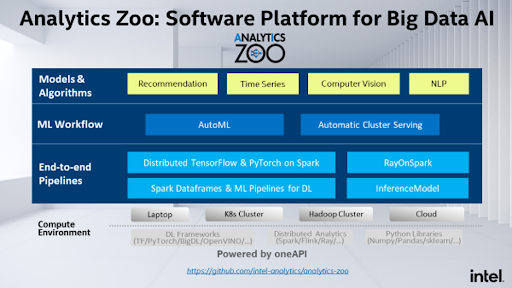
Start playing with it today – and let me know what solutions you build with Analytics Zoo in the comments below!



